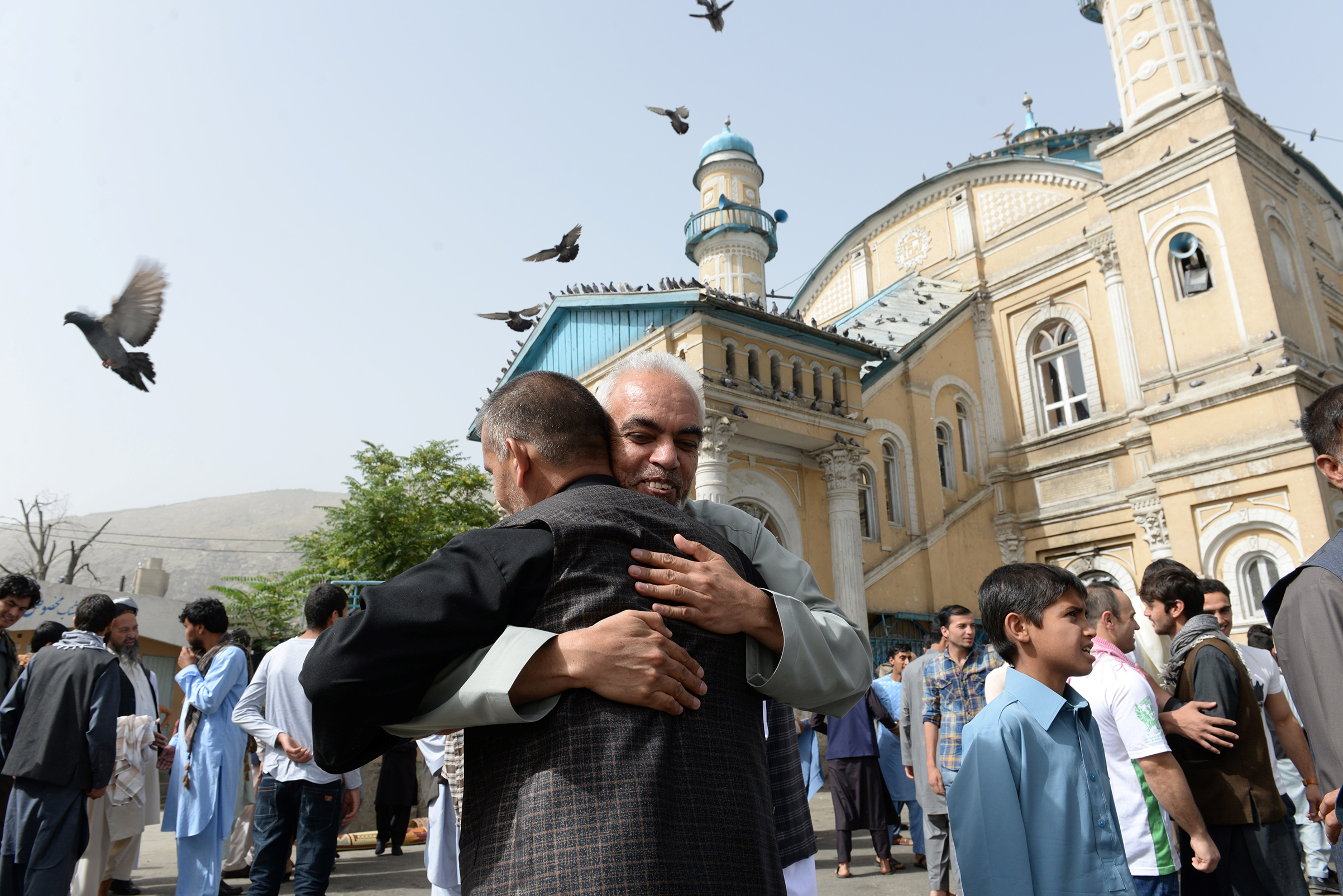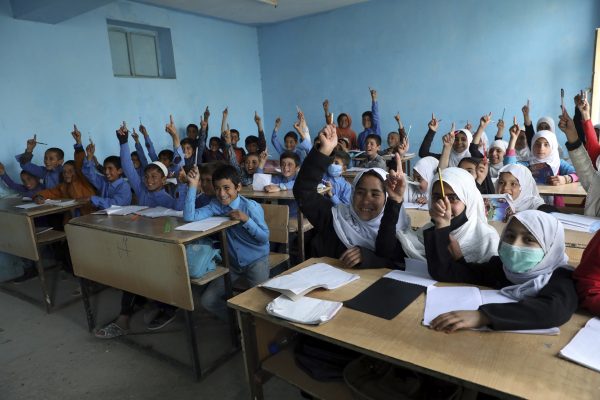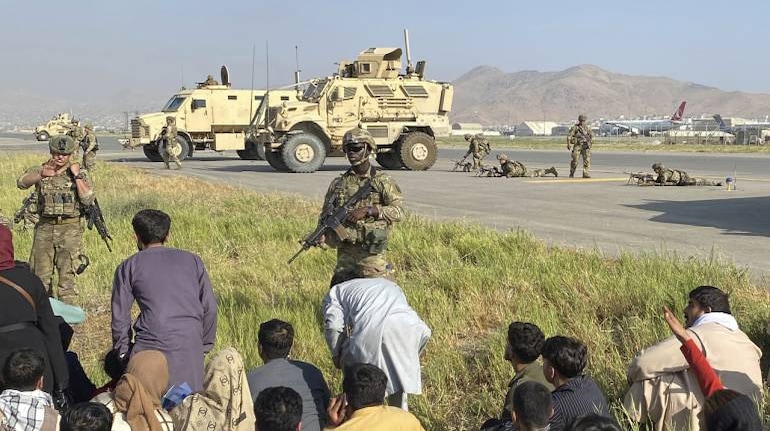Afghanistan: A Look Into Its Rich History and Culture
- Geographical Overview
- Ancient Civilizations
- Islamic Influence
- Art and Architecture
- Literature and Poetry
- Cuisine and Traditional Dishes
- Festivals and Celebrations
- Traditional Clothing and Fashion
- Sports and Recreation
- Music and Dance
- Education and Intellectual Traditions
- Contemporary Challenges and Future Prospects
Afghanistan, a landlocked country in Central Asia, has a captivating and diverse history that dates back thousands of years. From its strategic location along ancient trade routes to its rich cultural heritage, Afghanistan has witnessed the rise and fall of empires, the blending of civilizations, and the development of unique traditions. In this article, we will take a closer look at Afghanistan’s rich history and vibrant culture, exploring its geographical overview, ancient civilizations, Islamic influence, art and architecture, literature and poetry, cuisine and traditional dishes, festivals and celebrations, traditional clothing and fashion, sports and recreation, music and dance, education and intellectual traditions, as well as contemporary challenges and future prospects.
Geographical Overview
Nestled between the desolate deserts of Central Asia and the towering peaks of the Hindu Kush mountain range, Afghanistan boasts a diverse range of landscapes. The country is characterized by dramatic mountain ranges, fertile river valleys, and vast stretches of arid plains. With its strategic location, Afghanistan has been a crossroads of civilizations and a melting pot of cultures throughout history.
Ancient Civilizations
Afghanistan holds a significant place in the annals of ancient civilization. It was home to several ancient civilizations, including the Indus Valley Civilization and the Achaemenid Empire, which spanned from present-day Iran to Afghanistan. The region also witnessed the rise of the Greco-Bactrian Kingdom and the Kushan Empire, which saw the blending of Greek, Persian, and Indian culture.
Islamic Influence
In the 7th century, Islam arrived in Afghanistan, bringing with it a new era of cultural and intellectual development. The Islamic influence shaped various aspects of Afghan society, including its art, architecture, literature, and daily life. Mosques, madrasas (Islamic educational institutions), and mausoleums became centers of learning and spirituality.
Art and Architecture
Afghanistan’s art and architecture reflect its rich history and diverse cultural influences. The country is renowned for its ancient Buddhist stupas and monasteries, such as the UNESCO World Heritage Site of Bamiyan with its colossal Buddha statues. The intricate tile work, calligraphy, and geometric patterns seen in mosques and palaces showcase the skilled craftsmanship of Afghan artisans.
Literature and Poetry
Afghanistan has a long tradition of poetry and literature, with poets and scholars gaining recognition throughout the centuries. Poetry holds a special place in Afghan culture, serving as a means to express emotions, recount historical events, and convey moral lessons. Renowned poets like Rumi and Khalilullah Khalili have left an indelible mark on Afghan literary heritage.
Cuisine and Traditional Dishes
Afghan cuisine is a delightful fusion of flavors, influenced by the diverse cultures that have passed through the region. Staple foods include rice, bread, and meat, with dishes like Kabuli pulao (rice with lamb), Mantu (dumplings), and Ashak (stuffed pasta) being popular favorites. Afghan cuisine is known for its abundance of aromatic spices and flavors, making it a unique culinary experience.
Festivals and Celebrations
Afghanistan is a country that celebrates a wide array of festivals and events, reflecting its multicultural society and religious diversity. Eid al-Fitr, marking the end of Ramadan, and Eid al-Adha, celebrating the willingness of Ibrahim to sacrifice his son, are widely observed by Muslims. Nowruz, the Persian New Year, and Independence Day are also significant celebrations in Afghanistan.
Traditional Clothing and Fashion
Traditional Afghan clothing reflects the cultural heritage and regional diversity of the country. Men typically wear loose-fitting garments such as the perahan tunban, while women wear colorful dresses called the afghan dress or kameez. Traditional jewelry, including intricate silver pieces and beaded accessories, adds a touch of elegance to Afghan attire.
Sports and Recreation
Sports play a crucial role in Afghan culture, serving as a means of entertainment, identity, and national pride. The most popular sport in Afghanistan is Buzkashi, a traditional game that involves horse-mounted players competing to grab a goat carcass and score points. Football (soccer), cricket, and martial arts are also widely enjoyed by Afghans.
Music and Dance
Afghanistan has a rich tradition of music and dance, reflecting the country’s cultural diversity. Traditional Afghan music often features the use of instruments such as the rubab (lute-like instrument), tabla (drums), and harmonium (keyboard instrument). Afghan dance forms, such as Attan, are characterized by synchronized movements and vibrant costumes.
Education and Intellectual Traditions
Education has always been highly valued in Afghan society. Historically, Afghanistan was known for its centers of learning, including the famous Library of Alexandria. Although conflict and political instability have affected the education system in recent decades, efforts are being made to revive and improve access to quality education for all Afghans.
Contemporary Challenges and Future Prospects
Afghanistan has faced numerous challenges throughout its history, including invasions, civil war, and political instability. Today, the country faces the task of rebuilding and establishing stability. However, there is hope for a brighter future, with ongoing efforts to promote peace, improve infrastructure, and empower Afghan communities. The resilience and determination of the Afghan people provide a glimpse of a promising future.
In conclusion, Afghanistan’s rich history and vibrant culture are a testament to the country’s diverse heritage and the resilience of its people. From ancient civilizations to the successive waves of cultural influence, Afghanistan has embraced and preserved its cultural treasures. Despite the challenges it has faced, Afghanistan is poised to carve a path towards a stable and prosperous future, building upon its rich past and cultural legacy.

:max_bytes(150000):strip_icc()/GettyImages-96203041-ba10b21d65084ee2bec7f3c58ae912e3.jpg)









Post a Comment
0Comments